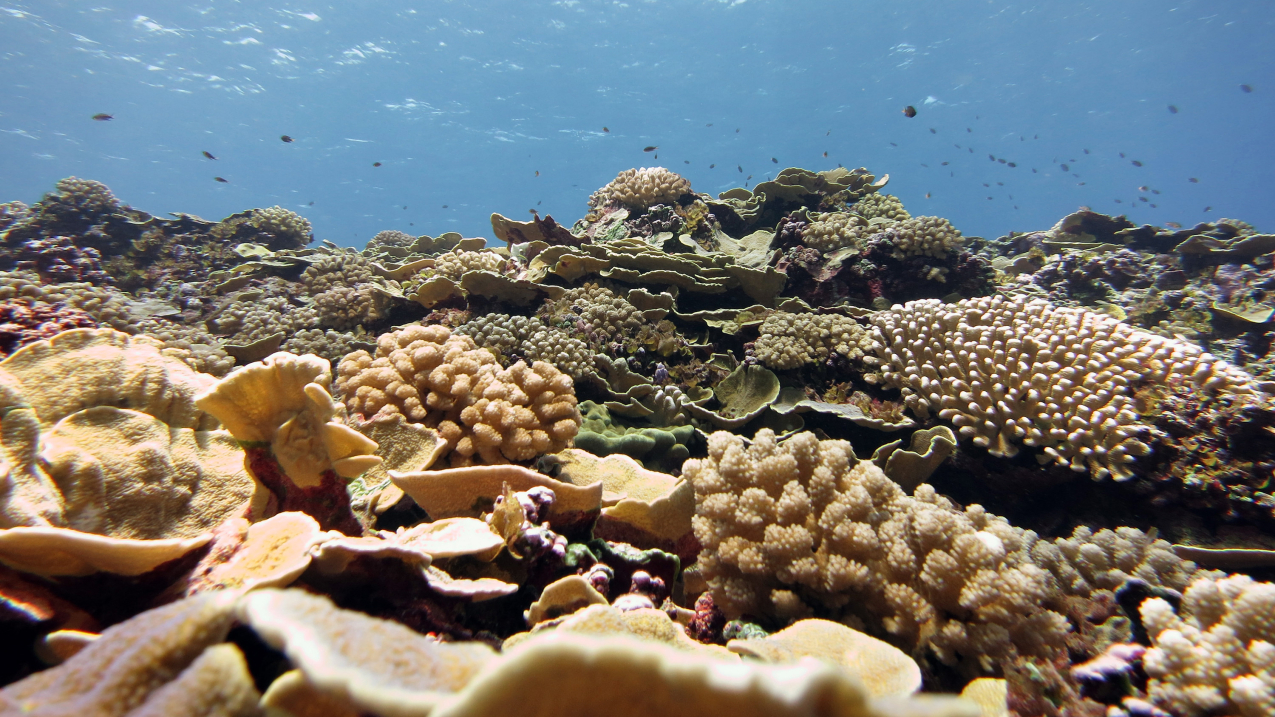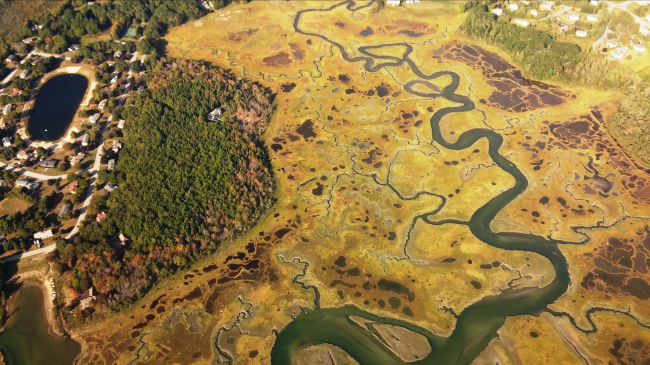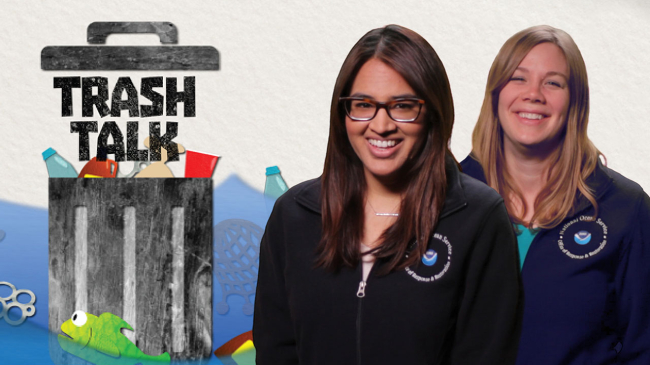New agreement expands collaboration on ocean and coastal research, technological innovation and education initiatives

Coral reef at Swains Island in American Samoa, showing an assemblage of plating Montipora coral and branching cauliflower coral Pocillopora meandrina. Credit: James Morioka, NOAA. (Image credit: NOAA)
NOAA and the Smithsonian Institution offsite link announced a new memorandum of understanding (MOU) today at the Ocean Biodiversity Summit offsite link in Washington, D.C., that advances collaborative efforts to understand and conserve the biodiversity of the world’s ocean ecosystems. Hosted by NOAA and the Smithsonian, the Summit brought together leaders from across the country to discuss solutions to protect and sustain the nation’s ocean and coastal resources.
“Through expanded research and education opportunities, this new agreement leverages the combined strengths of NOAA and the Smithsonian to help partners and communities better understand, measure and monitor the incredible biodiversity of our shared ocean, and take action to address risks facing ocean ecosystems,” said Sarah Kapnick, Ph.D., NOAA Chief Scientist. “Our ocean and marine life are critical for the environmental and economic health of communities across the country. This partnership will help conserve and restore these valuable resources for the benefit of all Americans.”
“Every ecosystem on Earth relies on a healthy ocean, and the Smithsonian and NOAA share a passion for working with communities to preserve this rich and critically important resource,” said Ellen Stofan, Under Secretary for Science and Research at the Smithsonian. “By combining NOAA’s leadership in ocean research with the Smithsonian’s scientific, educational and cultural expertise, we plan to work together to create a more sustainable planet for all living things.”
The MOU sets forth the general terms and conditions for NOAA and the Smithsonian to continue working together to engage and educate communities, advance the latest scientific research techniques and share biological and environmental data and information.
Areas of mutual interest and collaboration include, but are not limited to:
- Marine biodiversity.
- Resilience of fisheries and marine resources.
- Habitat restoration.
- Coastal blue carbon.
- Marine protected areas.
- Marine and coastal monitoring.
- Marine scientific and cultural heritage.
- Environmental justice.
The MOU also expands collaboration between the Marine Biodiversity Observation Network offsite link (MBON) and Marine Global Earth Observatory offsite link (MarineGEO), growing U.S. and global networks of partners to document biodiversity from the near shore to the deep ocean. This collaboration will ensure that information about marine species and ecosystems is available to inform and sustain local fisheries, culture, health and livelihoods.
Learn more about the MOU and the Ocean Biodiversity Summit offsite link.
Media contact
Kate Silverstein, katherine.silverstein@noaa.gov, (202) 603-9651



